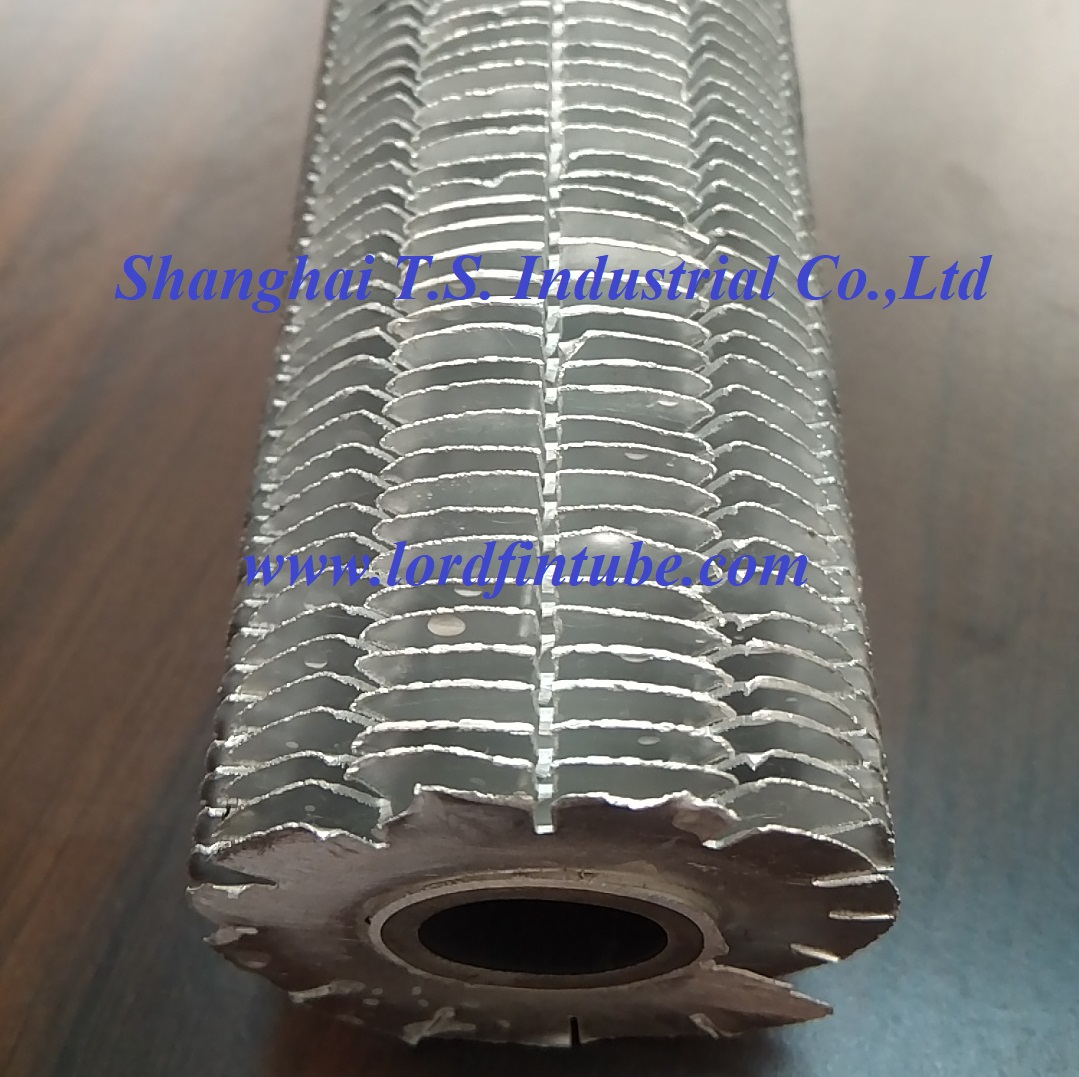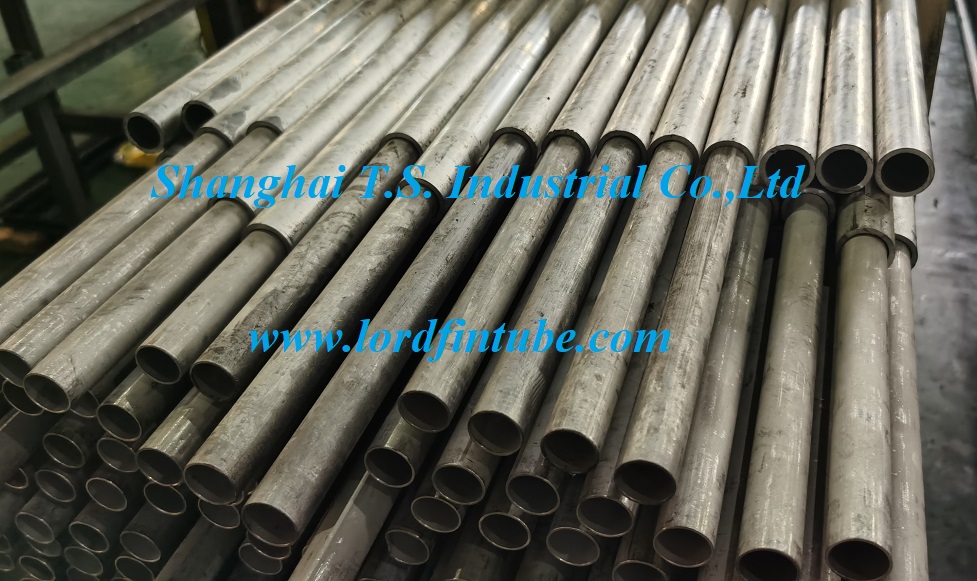What are jagged finned tubes?
Finned tubes are designed to maximize heat transfer efficiency, enabling rapid thermal exchange while promoting energy savings. Unlike bare tubes, finned tubes consist of a base tube and extended fins that significantly increase the heat exchange surface area. This enhanced design allows for more compact equipment size without compromising thermal performance.
What are Jagged Finned Tubes?
Jagged finned tubes are a type of heat exchanger tube featuring serrated fins. These fins are formed by cutting a specific number of grooves at regular intervals along the edge of an extruded solid fin, creating a jagged profile that gives the tube its name.

Jagged Finned Tube
The structure consists of two main parts: the base tube and the fins. These are typically made from steel and aluminum tubes, respectively. The aluminum fins are generally manufactured in accordance with ASTM B221. Due to the use of two different metals, these are also known as bimetallic finned tubes.
Aluminum is chosen for its excellent ductility, corrosion resistance, and thermal conductivity. The base tube material can vary—common options include carbon steel, stainless steel, or alloy steel—depending on the pressure and corrosive nature of the fluid inside.
Manufacturing Process
- ⚑ Raw Materials: Steel and aluminum tubes
- ⚑ Surface Treatment: Cleaning of tube surfaces
- ⚑ Assembly: Inserting steel tube into aluminum sleeve

- ⚑ Extrusion Molding: Forming fins using an extrusion machine
- ⚑ Jagged Processing: Notching fins into serrated pattern per client requirements
Specifications & Parameters
- • Process: Extruded + Jagged
- • Material:
- - Base Tube: Steel
- - Fin: Aluminum (ASTM B221)
- • Dimensions:
- - OD: 12–32 mm
- - WT: 1–2 mm
- • Number of Serrations: 12/24 pcs
- • Segment Width: 4 mm (general)
Performance Characteristics
- Lightweight
- Excellent heat transfer performance
- High mechanical strength
- Long service life
- Good corrosion resistance
- Strong vibration resistance
Applicable Conditions
| Suitable Conditions | Reason | Typical Uses |
|---|---|---|
| Medium and low temperature environment | Stable performance, durable | Air conditioning, refrigeration, industrial heat exchangers |
| Weak/weakly corrosive environment | Natural oxidation resistance, can be enhanced by anodizing | Cooling towers, marine climate equipment |
| Lightweight demand | Low aluminum density, easy to move | Automotive radiators, aerospace thermal control systems |
| Clean medium | Not easy to clog, suitable for medium flow rate | Heat pumps, air coolers |
| Low vibration environment | Fatigue strength meets requirements | Indoor air conditioning, fixed equipment |
| High thermal conductivity demand | Aluminum has excellent thermal conductivity | Compact heat exchangers, solar collectors |
| Medium pressure environment | Can withstand medium fluid pressure | Refrigerant systems, heat recovery equipment |
Unsuitable Conditions
| Unsuitable Applications | Reason | Typical Examples |
|---|---|---|
| High temperature environment | Decrease in strength, deformation or melting | Industrial boilers, heat treatment furnaces |
| Strong acid/alkaline environment | Corrosion of oxide layer, substrate damage | Acidic chemical media, high-alkali solutions |
| High pressure working conditions | Insufficient tensile and yield strength | High-pressure steam pipelines, pressure vessels |
| Abrasive fluid environment | Low hardness, susceptible to wear | Sand-containing water, abrasive medium systems |
| Extremely cold environment (below –100°C) | Decrease in toughness, cold brittleness | Polar or deep-sea heat exchangers |
| High vibration environment | Low fatigue strength | Military equipment, high-speed train cooling systems |
| Electrochemical environment | Prone to electrochemical corrosion | Copper-aluminum mixed heat exchange equipment |

